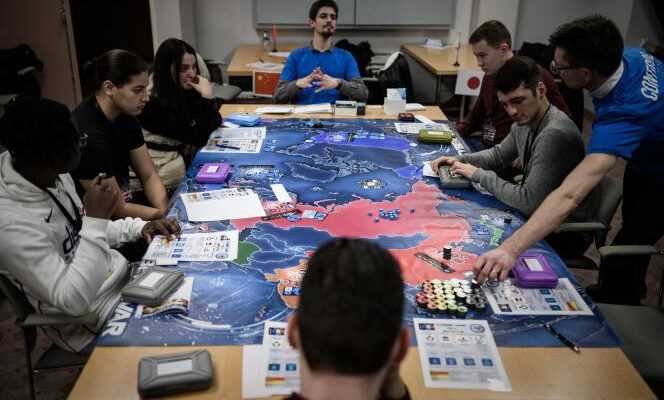Manufacturing a PS4 video game console has an environmental impact similar to manufacturing twenty-two boxes of board games, which otherwise do not require additional energy or hardware to be used. This is one of the conclusions of an analysis carried out for a year by the union of board game publishers (UEJ). Representing all the major French-speaking publishers whether they are oriented towards family games or passionate players, this professional association has decided to take up this topical issue to reduce the environmental impact of manufacturing and product design, so as the demand for board games explodes.
Supported by the need to recreate moments of conviviality in the midst of a health crisis, the board game market saw its sales increase by 19% in 2020 compared to 2019, according to the EJU. More than 30 million boxes were sold in 2020 for a cumulative turnover of 600 million euros. With annual growth of around 15% for fifteen years, France has become the leading European market for board games, according to the NPD cabinet. The Hexagon has 114 board game publishers who produce nearly 1,000 new products per year. On the distribution side, there are more than 1,200 specialist shops in France according to the Cannes International Games Festival.
“All of our thinking started from the desire of several of our members to create an eco-responsible label, says Simon Villiot, editorial director of BLAM! and in charge of the ecoresponsibility commission of the EJU. But we realized that it was more complicated than just putting a stamp. We wanted to take stock by commissioning the first study on the ecological impact of board games, based on the life cycle analysis of three board game formats. “ The last survey on an ecological subject, carried out ten years ago, focused on the carbon footprint of a board game.
A 41-kilometer journey in a Peugeot 208
The study shows, quite intuitively, that “The heavier and larger a game, its box and its components, the greater its impact on the environment. The elements with the greatest impact are first the content and then the box; transport appearing only in third position ”.
In terms of CO emissions2 for example, the production in China of a large format game, the most polluting, is equivalent to a journey of 41 kilometers in a Peugeot 208, against 7 kilometers for a small game. a big game in China remains quite low compared to many other entertainment practices since they are equivalent to exchanging 215 emails or watching 20 hours of videos on Youtube.
You have 39.49% of this article left to read. The rest is for subscribers only.
